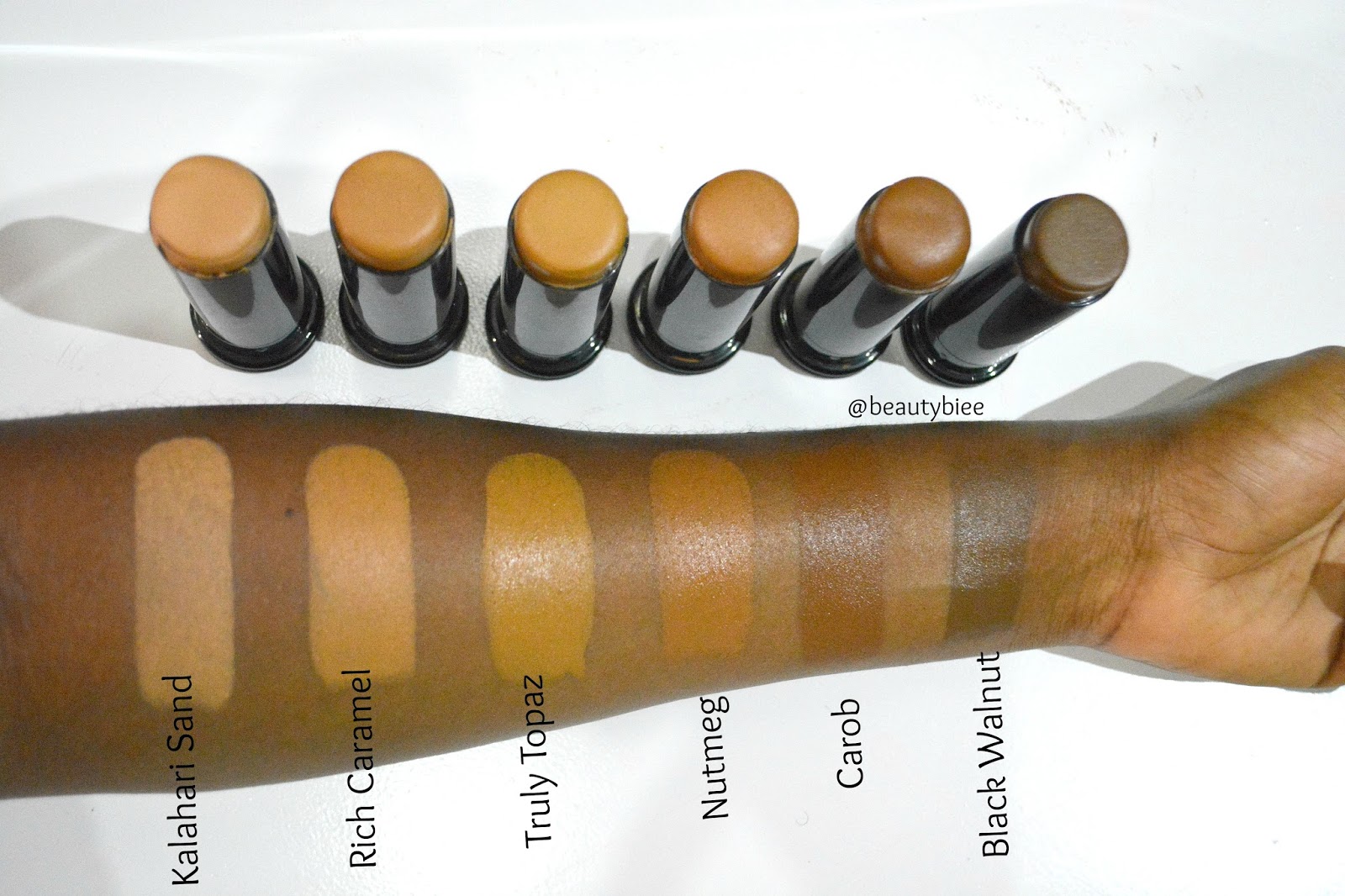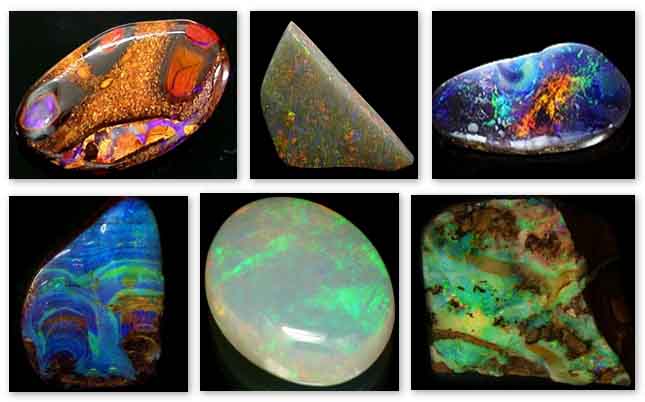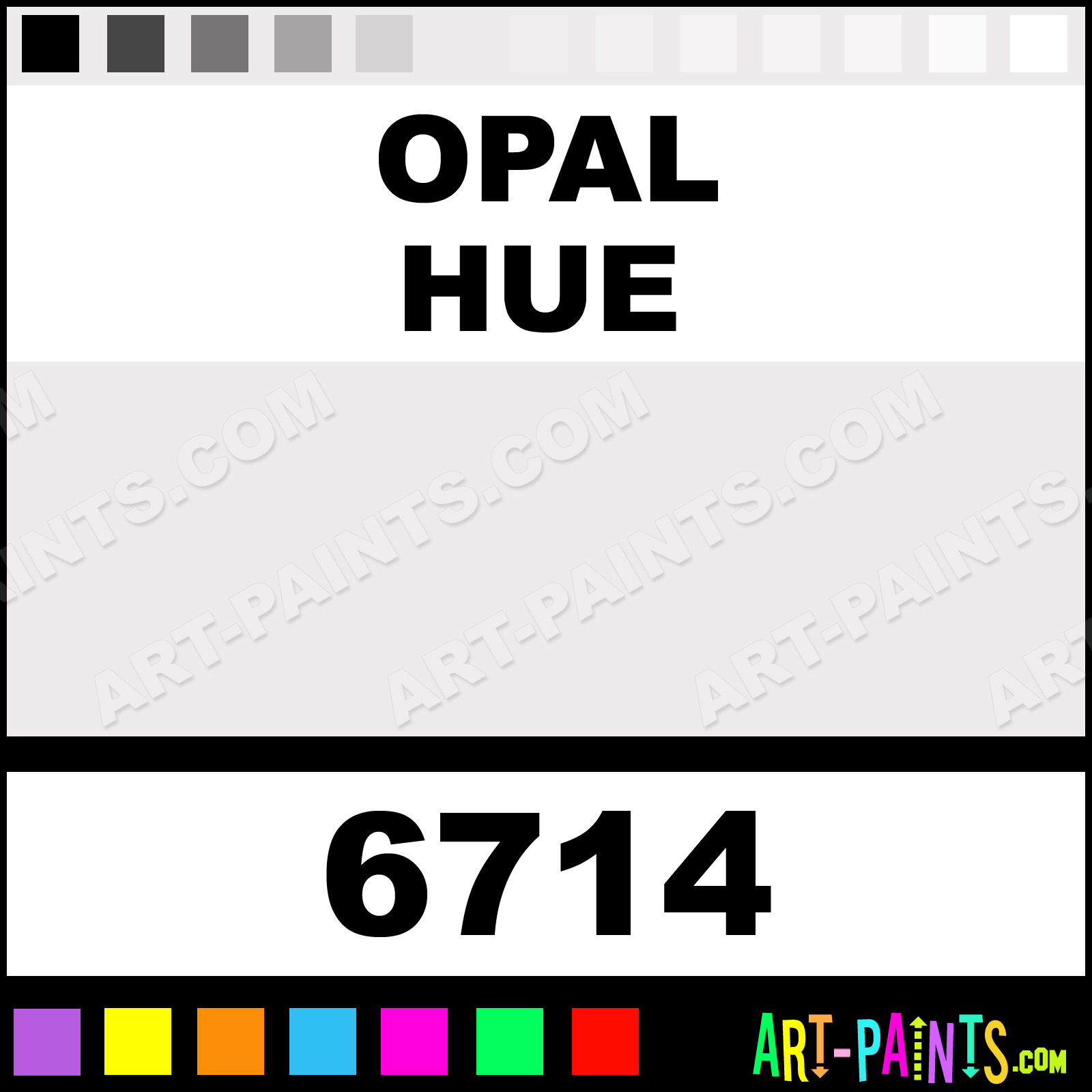

Opal also has water, which reduces its specific gravity, gives it a lower hardness, and makes it much more brittle. Low specific gravity and hardness.Ĭommonly used as a gem and as an ornamental stone.Īlthough opal has a composition that includes SiO 2, its physical properties are very different from quartz. Translucent, opaque, semi-transparent, and, rarely, transparent.Ģ.0 to 2.2, varying with impurities, which include various amounts of waterĬonchoidal fracture. Rough opal can have a dull, pearly, waxy, or vitreous luster. The play-of-color of precious opal displays spectral colors of red, orange, yellow, green, blue, and violet. Some of the most beautiful common opals are red, orange, pink, green,or blue. Therefore opal is a " mineraloid" rather than a " mineral."Ĭommonly having a bodycolor of white, yellow, gray, black, or brown however, the bodycolor of opal can be any color. It is amorphous, without a crystalline structure, and without a definite chemical composition (it contains a variable amount of water, as shown by the "n" in its chemical composition). Mineralogically, opal is a hydrous silicon dioxide with a chemical composition of SiO 2. It can be surprisingly beautiful! Common Opal has color, pattern and beauty that can be anything but common. If you are just starting to learn about opal, here are three varieties that might surprise you: Fire Opal is known for its intense red, orange and yellow colors - the colors of a fire! Boulder Opal is opal with attached host rock. There are many types of opal found in deposits around the world. The best opals command prices per carat that rival expensive diamonds, rubies, sapphires, and emeralds. A nice precious opal can flash every color of the spectrum with an intensity and quality of color that surpasses the fire of diamond. Opal is one of the world's most popular gemstones and the birthstone for the month of October.


This diffraction is the known play of colour in opals that makes them attractive as a gemstone. Light diffraction breaks up light into its individual colours it works like a prism.

Such an ability to scatter light is attributed to the differing arrangements of the silica particles and the gaps between them. The silica spheres in the internal structures of opal can diffract light. Although it’s interesting, colour changes due to change in humidity among beautiful opals can potentially remove their play of colour. Your opal pendant still needs a balance of different elements to maintain its natural beauty. The subtle change can make opals more gorgeous with the new colour flashes, but extra care must be given so as not to excessively change their water composition. When this happens or when your opal pendant loses or gains water, its colour changes. Heat, humidity, sweat and contact in water can make the amount of water in opals fluctuate. Its water composition is also such a distinct property that causes opals to change in colour. This makes opal relatively brittle because of the lower hardness. Opals contain a large amount of water, your opal pendant can have up to 20% water, in addition to its quartz crystal. Why do opals change in colour? Get to know the reasons behind this magical colour change in your opal pendant and other opal jewellery collection. Their movement across the stone or the colour play is equalling captivating. Opals can reflect rainbow colours in a dazzling pattern. No reason to worry because that’s normal among these unique gemstones. Have you recently bought an opal pendant from Vollé Jewellery? If you did, you have probably noticed your opal pendant changing colour.


 0 kommentar(er)
0 kommentar(er)
